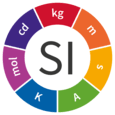List of scientists whose names are used as units
Many scientists have been recognized with the assignment of their names as international units by the International Committee for Weights and Measures or as non-SI units. The International System of Units (abbreviated SI from French: Système international d'unités) is the most widely used system of units of measurement. There are seven base units and 22 derived units[1] (excluding compound units). These units are used both in science and in commerce. Two of the base SI units and 17 of the derived units are named after scientists.[2] 28 non-SI units are named after scientists. By this convention, their names are immortalised. As a rule, the SI units are written in lowercase letters, but symbols of units derived from the name of a person begin with a capital letter.
Scientists and SI units
| Base unit[note 1] | Derived unit |
(colour legend)
| Name[3][4] | Life | Nationality | Quantity[5] | SI unit | Image |
|---|---|---|---|---|---|
| André-Marie Ampère[6] | 1775–1836 | French | Electric current[7] | ampere (A) (Base unit) |
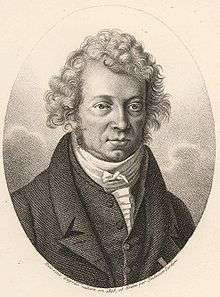 |
| William Thomson, 1st Baron Kelvin[8] | 1824–1907 | British (Irish-Scottish) | Thermodynamic temperature[9] | kelvin (K) (Base unit) |
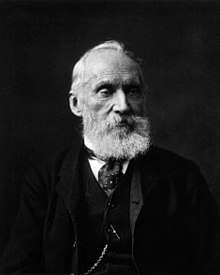 |
| Blaise Pascal[10] | 1623–1662 | French | Pressure[11] | pascal (Pa) | 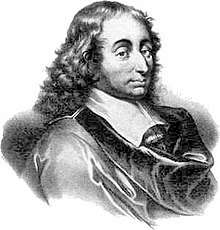 |
| Isaac Newton[12] | 1643–1727 | British (English) | Force[13] | newton (N) |  |
| Anders Celsius[14] | 1701–1744 | Swedish | Temperature[15] | degree Celsius (°C) |
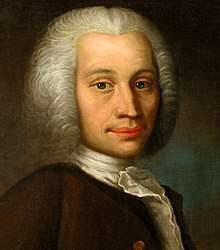 |
| Charles-Augustin de Coulomb[16] | 1736–1806 | French | Electric charge[17] | coulomb (C) | 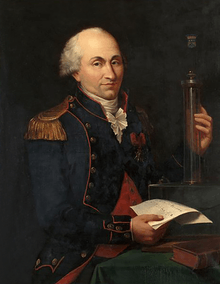 |
| James Watt[18] | 1736–1819 | British (Scottish) | Power[19] | watt (W) |  |
| Alessandro Volta[20] | 1745–1827 | Italian | Electric potential[21] | volt (V) |  |
| Georg Simon Ohm[22] | 1789–1855 | German | Electrical resistance[23] | ohm (Ω) | 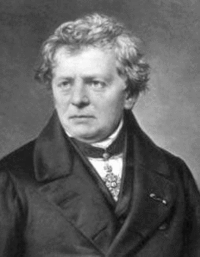 |
| Michael Faraday[24] | 1791–1867 | British (English) | Capacitance[25] | farad (F) |  |
| Joseph Henry[26] | 1797–1878 | American | Inductance[27] | henry (H) | .jpg) |
| Wilhelm Eduard Weber[28] | 1804–1891 | German | Magnetic flux[29] | weber (Wb) |  |
| Ernst Werner von Siemens[30] | 1816–1892 | German | Conductance[31] | siemens (S) | 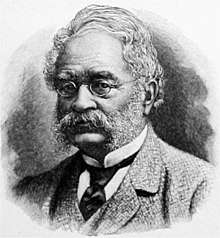 |
| James Prescott Joule[32] | 1818–1889 | British (English) | Energy[33] | joule (J) |  |
| Antoine Henri Becquerel[34] | 1852–1908 | French | Radioactivity[35] | becquerel (Bq) | 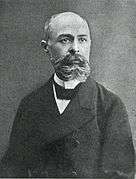 |
| Nikola Tesla[36] | 1856–1943 | Serbian[note 2]-American | Magnetic flux density[37] | tesla (T) | 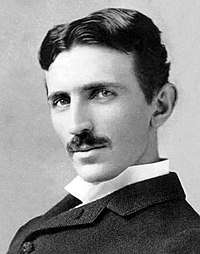 |
| Heinrich Rudolf Hertz[38] | 1857–1894 | German | Frequency[39] | hertz (Hz) | 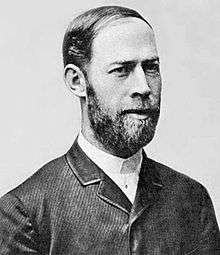 |
| Rolf Maximilian Sievert[40] | 1896–1966 | Swedish | Dose equivalent of radiation | sievert (Sv) | 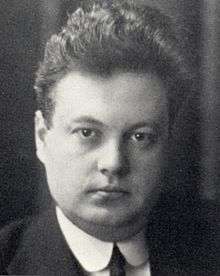 |
| Louis Harold Gray[41] | 1905–1965 | British (English) | Absorbed dose of radiation[42] | gray (Gy) |
Scientists and non-SI units
| Name of the scientist[43][44] | Life | Nationality | Quantity | Unit[note 3] | Image |
|---|---|---|---|---|---|
| William Gilbert | 1544–1603 | British (English) | Magnetomotive force | gilbert (Gi) | 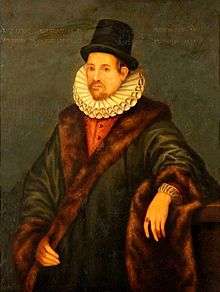 |
| John Napier | 1550–1617 | British (Scottish) | Magnitude (ln, dimensionless) | neper (Np) | 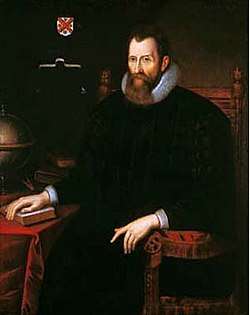 |
| Galileo Galilei | 1564–1642 | Italian | Acceleration | gal (Gal) | 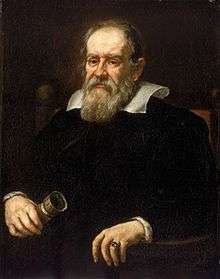 |
| Evangelista Torricelli | 1608–1647 | Italian | Pressure | torr (Torr) | 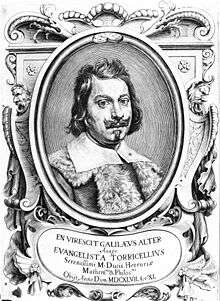 |
| René Réaumur | 1683–1757 | French | Temperature | degree Reaumur (°R) | 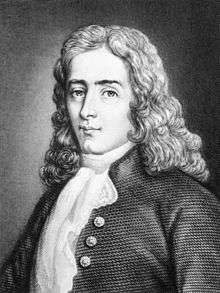 |
| Daniel Gabriel Fahrenheit | 1686–1736 | Polish-Dutch-German | Temperature | degree Fahrenheit (°F) |  |
| Johann Heinrich Lambert | 1728–1777 | German | Luminance | lambert (L) | 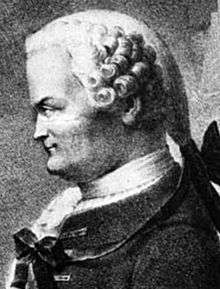 |
| John Dalton | 1766–1844 | British | Mass (atomic) | dalton (Da, amu) | 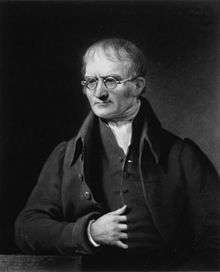 |
| Hans Christian Ørsted | 1777–1851 | Danish | Magnetic field | oersted (Oe) | 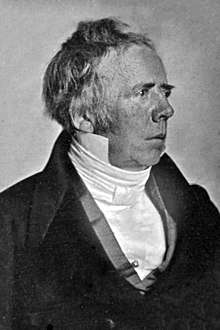 |
| Johann Carl Friedrich Gauss | 1777–1855 | German | Magnetic flux density | gauss (G) |  |
| Michael Faraday | 1791–1867 | British (English) | Electric charge | faraday (F) |  |
| Jean Léonard Marie Poiseuille | 1797–1869 | French | Dynamic viscosity | poise (P) |  |
| Anders Jonas Ångström | 1814–1874 | Swedish | Length | angstrom (Å) | 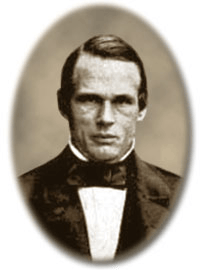 |
| Sir George Stokes, 1st Baronet | 1818–1903 | British | Kinematic viscosity | stokes (St) | 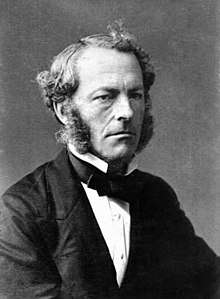 |
| William John Macquorn Rankine | 1820–1872 | British (Scottish) | Thermodynamic temperature | degree Rankine (°Ra ) |  |
| James Clerk Maxwell | 1831–1879 | British (Scottish) | Magnetic flux | maxwell (Mx) | 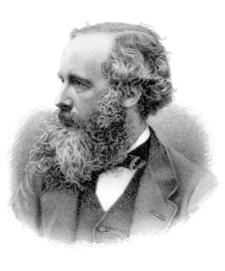 |
| Samuel Pierpont Langley | 1834–1906 | American | Energy intensity | langley (Ly) | 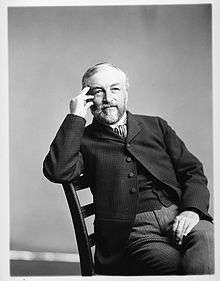 |
| Ernst Mach | 1838–1916 | Austrian | Speed | Mach number (M) | 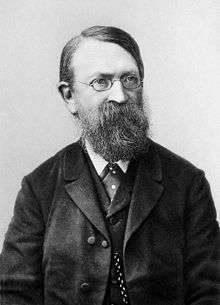 |
| John Strutt, 3rd Baron Rayleigh | 1842–1919 | British | Acoustic impedance | rayl | 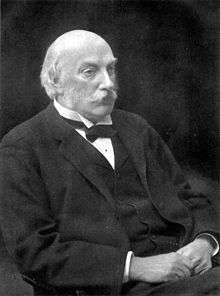 |
| Wilhelm Röntgen | 1845–1923 | German | Ionizing radiation | röntgen (R) | 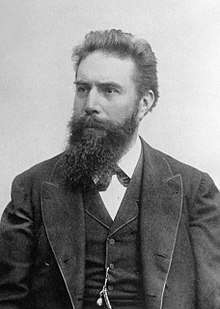 |
| Alexander Graham Bell | 1847–1922 | British (Scottish)-American | Magnitude (log10, dimensionless) | bel (B) | 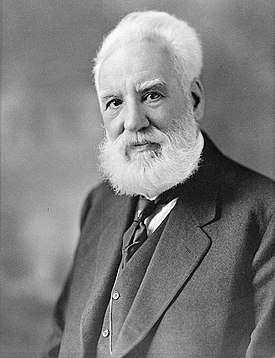 |
| Loránd Eötvös | 1848–1919 | Hungarian | Gravitational gradient | eotvos (E) | |
| Heinrich Kayser | 1853–1940 | German | Wavenumber | kayser | 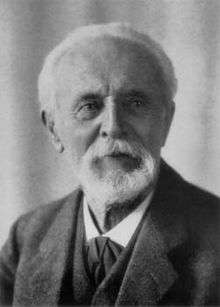 |
| Joseph John Thomson | 1856–1940 | British | Mass-to-charge ratio | thomson (Th) |  |
| Pierre Curie | 1859–1906
1867–1934 |
French
Polish-French |
Radioactivity | Curie (Ci) | 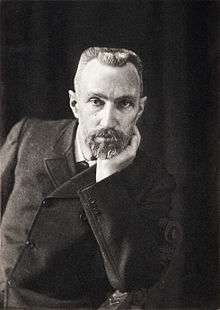 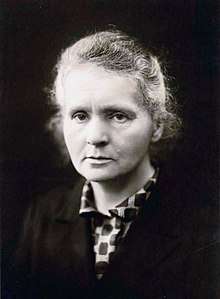 |
| Heinrich Mache | 1876–1954 | Austrian | Radioactivity | Mache (ME) | a.jpg) |
| Peter Debye | 1884–1966 | Dutch | Electric dipole moment | debye (D) | 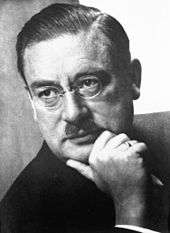 |
| Karl Guthe Jansky | 1905–1950 | American | Spectral Irradiance | jansky (JY) | 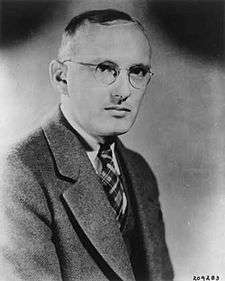 |
See also
- List of scientists whose names are used in chemical element names
- List of scientists whose names are used in physical constants
Notes
- There are 5 base units that are not named after people: kilogram, metre, second, mole and candela.
- The village he was born was a part of Austrian Empire, now it is in Croatia.
- As a rule, the units are written in lowercase letters. But, symbols of units derived from a personal name always begin with a capital letter.
References
- Essential of the SI
- Derived SI units with special names
- Asimov's Biographical Encyclopedia
- Elektrik Mühendisliği pp. 247–275
- Young and Freedman, p. A-1
- Marie Ampere
- Ampere on Dictionary
- Kelvin, Lord William Thomson
- Inventors
- Blaise Pascal
- Pa Pascal pressure unit
- Isaac Newton's life
- Newton
- Anders Celsius (1701–1744)
- Celsius Definition
- Charles Augustin de Coulomb (French Physicist)
- Coulomb
- BBC Historic figures
- Watt conversion)
- Inventor Alessandro Volta Biography
- Volt
- georg Simon Ohm
- Ohm (unit)
- Michael Faraday
- Farad
- Joseph Henry Archived 9 December 2006 at the Wayback Machine
- Henry: Definition from Answers
- The New International Encyclopaedia: Weber
- Weber (unit)
- Siemens, Werner von
- Siemens (unit)
- "Biography:James Prescott Joule". Archived from the original on 21 October 2012. Retrieved 2 May 2011.
- What is a Joule ?
- Henri Becquerel
- Becquerel
- Tesla's Biography
- Tesla (unit)
- Heinrich Hertz
- Hertz
- Rolf Sievert, the man and the unit
- About L.G.Gray
- Gray
- Isaac Asimov: Asimov's Biographical Encyclopedia of Science and Technology Pan Reference Books, London, 1972, ISBN 0-330-24323-3
- Elektrik Mühendisliği, TBMMO Yayın organı, 259–260, Ankara, 1978
Bibliography
- "Essentials of the SI". Retrieved 3 May 2011.
- Gordon England. "Derived SI units with special names". Retrieved 3 May 2011.
- Asimov, Isaac (1972). Asimov's Biographical Encyclopedia of Science and Technology. London: Pan Books. ISBN 0-330-24323-3.
- İnan, Kemal (1978). Elektrik Mühendisliği (259-260) : Elektrik. Ankara: TBMMO EMO Yayın organı.
- Hugh Young, Roger Freedman. University Physics. Addison Wesley. ISBN 0-321-50130-6.
- Eric W. Weisstein. "Kelvin, Lord William Thomson (1824-1907)". Wolfram Research. Retrieved 3 May 2011.
- Alfred Ruppert Hall. "Isaac Newton's Life". Isaac Newton Institute for Mathematical Sciences. Retrieved 3 May 2011.
- "Anders Celsius (1701-1744)". Uppsala University. Retrieved 3 May 2011.
- "Charles Augustin de Coulomb (French physicists)". Encyclopædia Britannica. Retrieved 5 May 2011.
- "Coulomb". Encyclopædia Britannica. Retrieved 3 May 2011.
- Julian Trubin. "Georg Simon Ohm". Retrieved 3 May 2011.
- "Ohm (unit)". The Free Dictionary by Farlex. Retrieved 3 May 2011.
- "Michael Faraday". Famous Physicists and Astronomers. Retrieved 3 May 2011.
- "Joseph Henry". The national academy of sciences. Archived from the original on 9 December 2006. Retrieved 3 May 2011.
- "Weber, Wilhelm". The New International Encyclopaedia. Retrieved 3 May 2011.
- "Siemens, Werner von". Encyclopædia Britannica. Retrieved 3 May 2011.
- "Siemens (unit)". Medlib. Retrieved 3 May 2011.
- "Biography:James Presacott Joule". Oracle ThinkQuest. Archived from the original on 21 October 2012. Retrieved 3 May 2011.
- "Henri Becquerel". Nobelprize.org. Retrieved 3 May 2011.
- "Becquerel". Chemeurope.com. Retrieved 3 May 2011.
- Dr.Ljubo Vujović. "Tesla's Biography". Tesla Memorial Society of New York. Retrieved 3 May 2011.
- "Tesla Unit". Tesla Memorial Society of New York. Retrieved 3 May 2011.
- "Heinrich Hertz". Biograhpicon. Retrieved 3 May 2011.
- "Hertz". University of California, Berkeley. Retrieved 4 May 2011.
- Mariann Eklund. "Rolf Sievert, the man and the unit". Karolinska Institutet. Retrieved 3 May 2011.
- "About L.G.Gray". L.G.Gray Memorial Trust. Retrieved 3 May 2011.
- "Decibel". NDT resource center. Archived from the original on 15 February 2014. Retrieved 3 May 2011.
